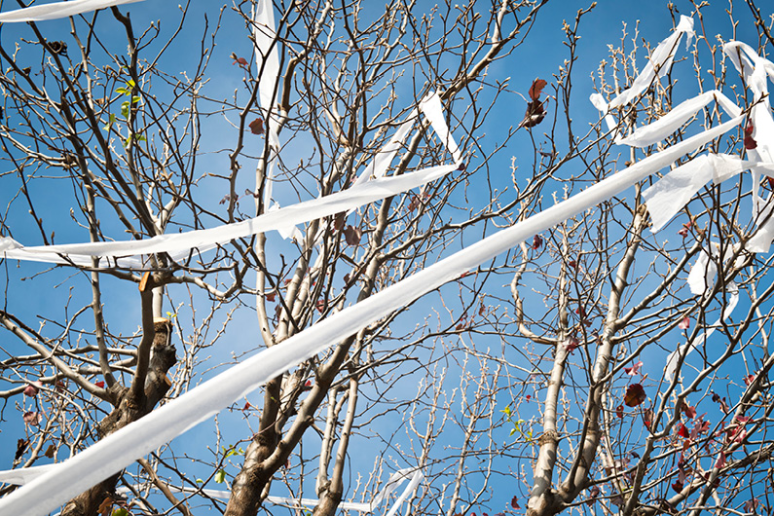Homeowners are right to be wary around Halloween. From the nights leading up to the extravagant holiday to the weekend after, teens tend to be on the loose. The night before Halloween, charmingly called Mischief Night, Devil’s Night, or Cabbage Night in some parts of the U.S., may be particularly troublesome.
Mischief Night began in the United Kingdom and was the night before May Day or Guy Fawkes Day, according to Time.com. Since the 1930s, Mischief Night has been linked to a higher rate of vandalism in the U.S. By the 1980s, the tradition was connected to fires set in Detroit in the days leading up to Halloween.
At this point, vandalism generally increases around Halloween, and homeowners should be aware of their options when vandals strike.
Common Types of Vandalism Around Halloween
Adolescents and young adults can pull all sorts of pranks around Halloween. Some of their conduct is annoying yet harmless. Toilet paper strung up through trees can be thrown away and will eventually degrade. Other conduct rises to the level of vandalism and causes property damage.
Common forms of vandalism around Halloween include:
- Egging a home or vehicle
- Throwing rocks through windows
- Knocking down mailboxes
- Keying cars
- Slashing vehicle tires
- Breaking vehicle’s windows, mirrors, and lights
- Dropping or throwing objects at moving vehicles
- Setting fires
- Setting off fireworks at or in structures
- Graffiti
What Are My Rights If Someone Vandalized My House on Mischief Night or Halloween?
If your home or vehicle was vandalized and damaged around Halloween, the first step is to file a police report. Thoroughly document the damage by taking photos and video.
The teen’s conduct may be illegal, and the police may be able to catch who damaged your property. If the police catch someone, the young perpetrator may face charges in juvenile court. Or, a juvenile justice officer may recommend the teen’s actions are dealt with through community resources. Whether or not teenage vandals face charges is up to the juvenile justice system, not you.
However, the police report is less to pursue charges and more documentation to pursue a homeowner’s insurance claim. Your focus after someone vandalizes your home or vehicle should be on getting it repaired.
File an Insurance Claim for Halloween Property Damage
Contact your homeowner’s insurance provider as soon as possible. Notify them of the claim and follow an adjuster’s instructions to pursue compensation or have repairs paid for.
Homeowner’s insurance policies typically cover vandalism under an all-perils policy. However, you will need to check your specific policy coverage. Also, whether or not your homeowner’s or auto insurance policy covers the damage to your home or car depends on the policy.
Your insurer will hardly be surprised by your claim. According to CNBC, Halloween is one of the worst days of the year for homeowners and vehicle owners because of theft and vandalism. The costume- and candy-fueled holiday is responsible for 17% more claims for theft, vandalism, and other crimes than any other day of the year.
Unfortunately, you will be responsible for your insurance deductible, which may be hundreds of dollars or more. As long as the cost of repairing your home is greater than your deductible, your insurance should cover it.
Consider Filing a Property Damage Lawsuit for Halloween Vandalism
If you have insurance to cover property damage, vandalism still costs you time, energy, and your deductible. If insurance did not cover the vandalism to your vehicle or home, you have to spend hundreds or thousands of dollars out of pocket to make the repairs.
Understandably, you want to place responsibility on the vandal’s shoulders. But when the pranksters are minors, you cannot sue them. Instead, you need to determine if your state’s laws make the parents liable for the children’s conduct.
Parental responsibility laws differ from state to state. For example, in Alabama, parents may be liable for up to $1,000 for damage their child intentionally, maliciously, or willfully causes. In Florida, there is no dollar limit on a parent’s liability for their child’s willful destruction or theft of property. You can review your state law on the parental responsibility law guide published by Matthiesen, Wickert & Lehrer, S.C.
If state law says parents may be responsible for damage their minor children cause intentionally or willfully, consider filing suit in small claims court. Or consider talking with a local attorney experienced with significant property damage claims.
Every state has monetary limits for small claims court, which you can find on this Nolo chart. Some states allow claims up to only $2,500, while others allow claims worth up to $15,000. Be sure to look up your local court’s small claims guidelines to confirm or correct the dollar limit.
 By Victoria Langley,
By Victoria Langley, 

